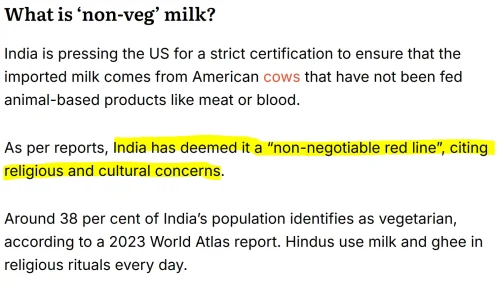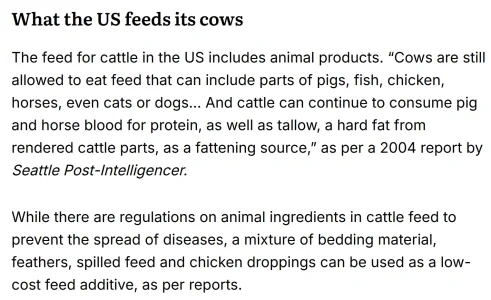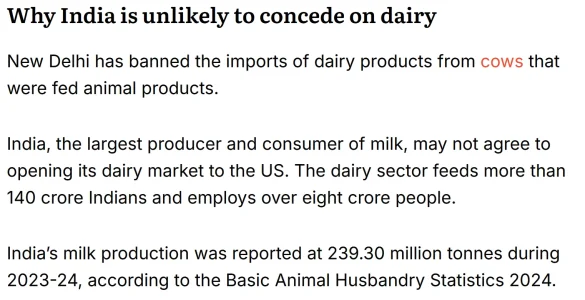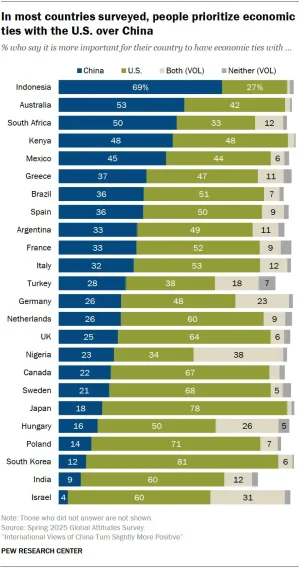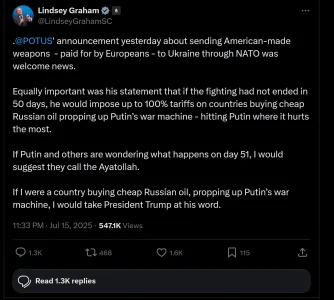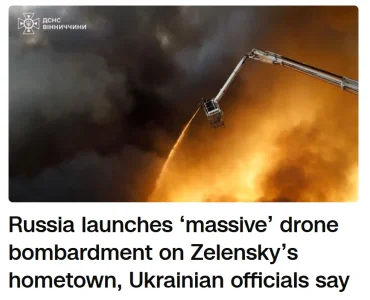Why Did the War in Ukraine Start?
The war in Ukraine was the result of a calculated push by NATO—driven primarily by the United States—to encircle and pressure Russia. After the Soviet Union collapsed, Ukraine gained independence, but it also became the West’s primary lever to strike at the heart of Russia’s strategic depth. Historically, Ukraine was the corridor through which both Napoleon and Hitler launched their invasions toward Moscow. NATO had no intention of invading, but it did aim to keep a nuclear-armed Russia under constant geopolitical threat.
Over two decades, the West nurtured pro-Western sentiment in Ukraine and eventually found a willing figurehead in Volodymyr Zelensky—a former comedian and a charismatic, media-savvy politician. His rise to the presidency marked a turning point. Openly pro-NATO and aligned with Western interests, Zelensky’s government pushed for membership in NATO and integration with Western economic systems.
Russia, watching from the sidelines, saw this as an existential threat—particularly for the eastern, Russian-speaking regions of Ukraine and Crimea, which had deep historical and cultural ties to Russia. Many in these areas rejected Zelensky’s Westernization project.
A separatist rebellion began in the east, simmering for 6–7 years. Then came Russia’s full-scale invasion in 2022. Despite its early missteps, the Russian military regrouped and eventually secured control over the Russian-speaking territories, including a land bridge to Crimea.
Ending this devastating European war requires a pragmatic compromise: allow Russia to retain control over the Russian-speaking regions—which, in fact, were administratively handed to Ukraine by Stalin—and let Ukraine chart a neutral course. That means rejecting NATO membership, electing leadership focused on rebuilding, and joining Europe’s economic community without becoming a military proxy.
The U.S. must also step back. Only then can peace return to Europe.


